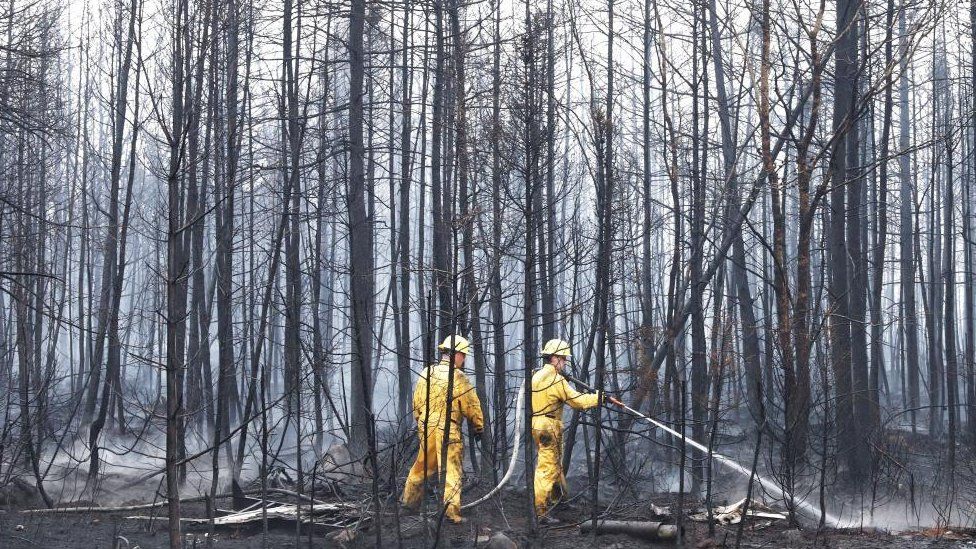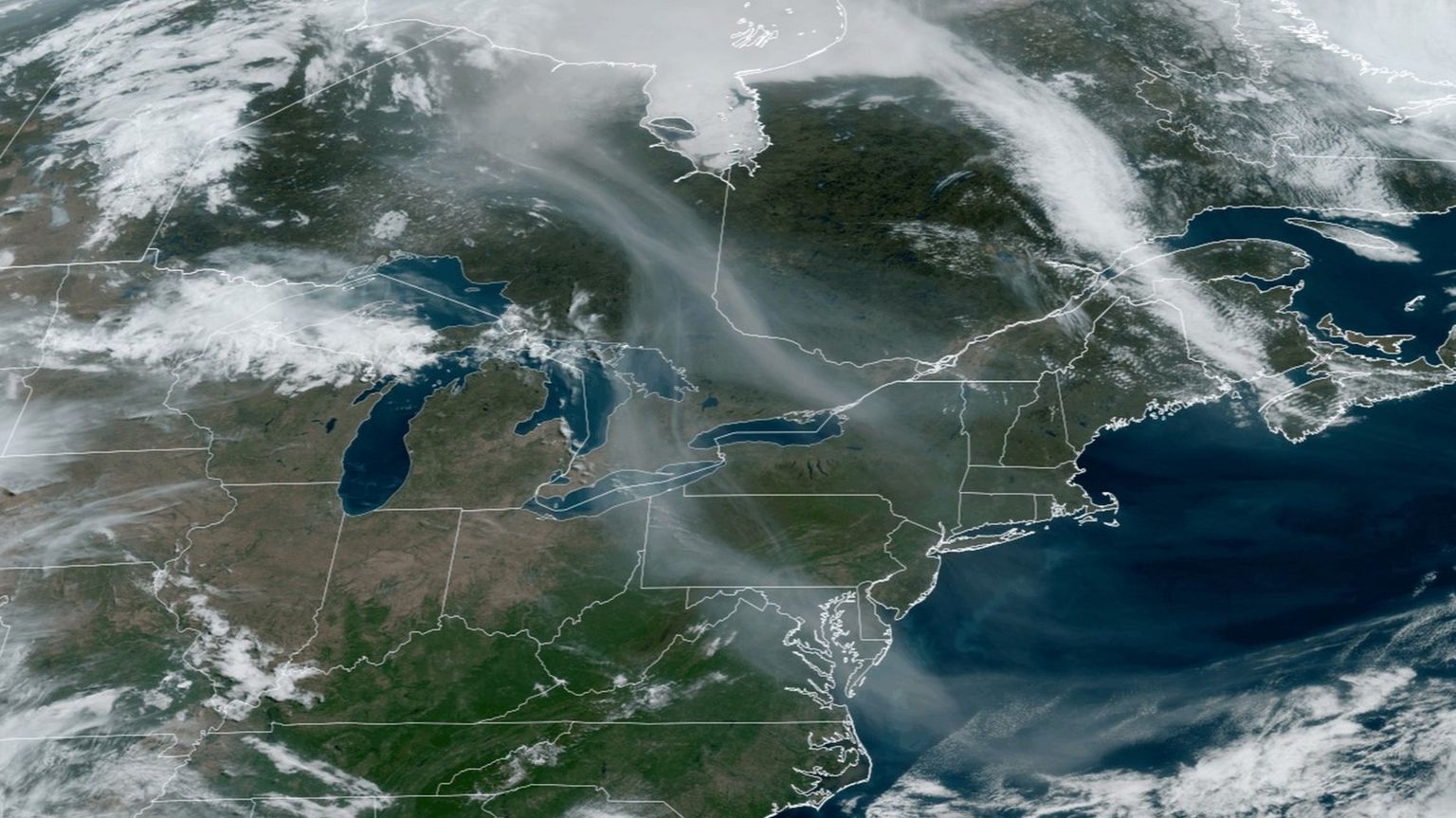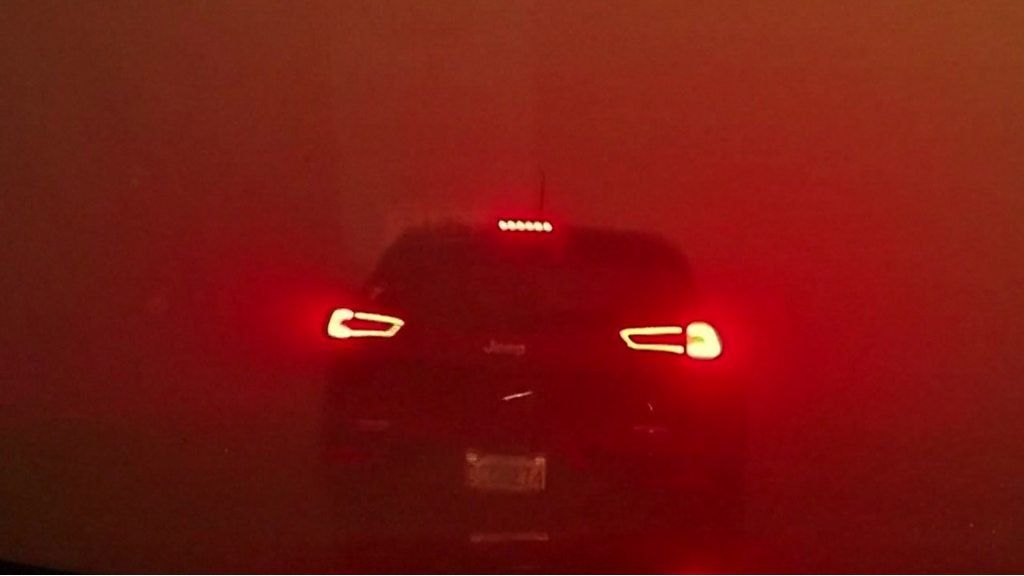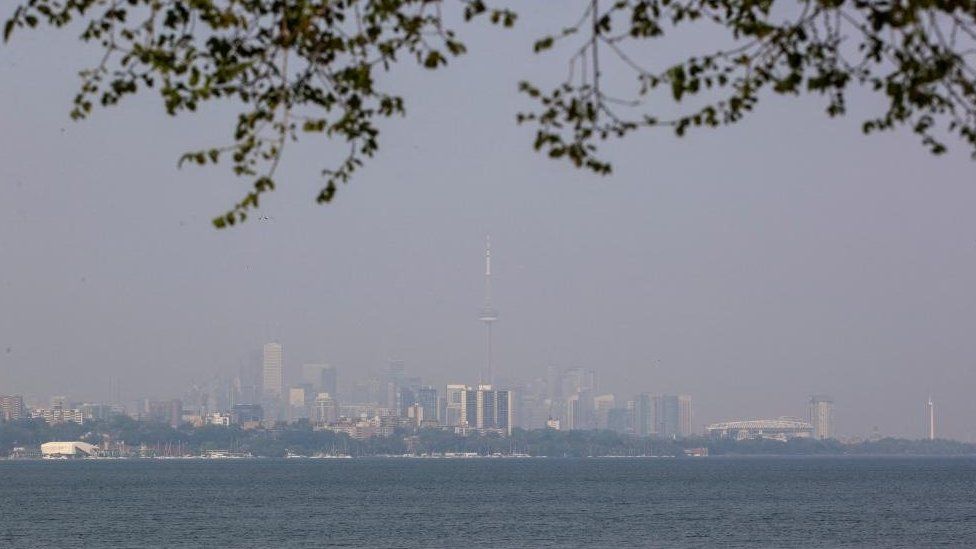
High-risk air quality warnings have been issued for millions of people across North America due to ongoing wildfires in Canada.
Wildfire smoke has blanketed major cities in Ontario and Quebec, including Toronto and its surrounding areas.
The smoke has reached as far as New York City and Connecticut, where air quality has been classified as “unhealthy”.
Much of the smoke is coming from Quebec, where 160 fires are burning.
Environment Canada issued its strongest warning on Tuesday for Ottawa, deeming the air quality in the Canadian capital a “very high risk” to people’s health.
In Toronto and its surrounding areas, the air quality has been classified as “high risk”.
Meanwhile, the US Environmental Protection Agency (EPA) has classified the air quality in much of the north-eastern US as “unhealthy”, especially for people who already had respiratory issues.
Air quality advisories include much of New York City and Connecticut. They also stretch as far north as Boston and as far south as Pittsburgh and Washington DC.
Parts of eastern Pennsylvania, New York and New England have seen their Air Quality Index top 200, meaning conditions that are “very unhealthy for everyone”.
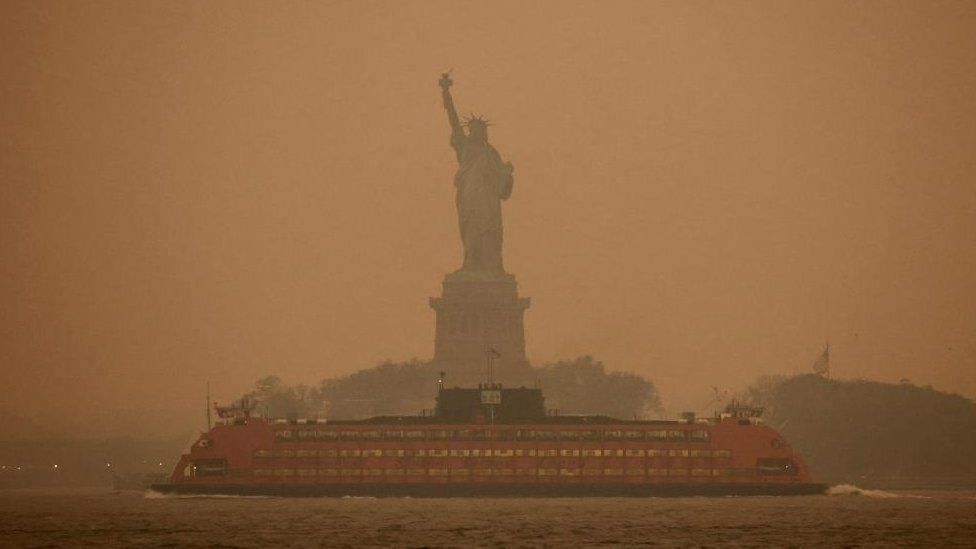
In New York, photos taken on Tuesday morning showed an orange haze blanketing the city’s skyline due to the wildfire smoke from Canada that has travelled south.
Public health officials have cautioned people not to exercise outside and to minimise their exposure to the smoke as much as possible, as the air poses immediate and long-term health risks.
Deteriorating air quality has also forced at least one region in Quebec – the Atikamekw community of Opitciwan, 350km (217 miles) north of Montreal – to transfer people with asthma and other respiratory issues away from the smoke.
Canada continues to see a more active wildfire season than normal. Federal officials cautioned on Monday that this summer may bring Canada’s largest fires yet because of dry and hot conditions that are forecast for much of the season.
Fires across the country have already burned more than 3.3m hectares of land – an area 12 times the 10-year average for this time of year.
Thousands of people have been evacuated across the country, including in Quebec, where fires have burned around 200,000 hectares to date.
Major fires have also been burning in British Columbia, Alberta, Ontario, Nova Scotia and the Northwest Territories.
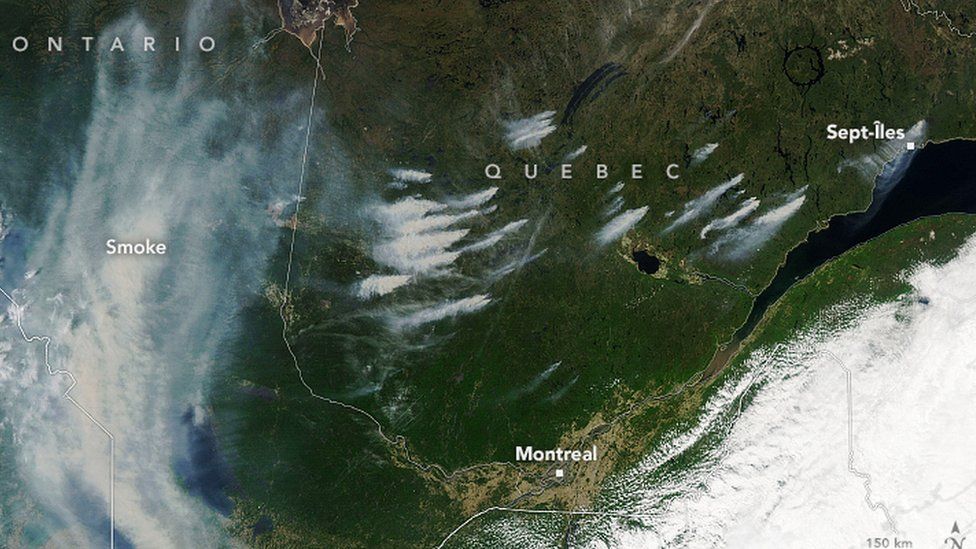
How does wildfire smoke affect your health?
Experts say exposure to wildfire smoke can cause a litany of health issues.
Matthew Adams, a professor at the University of Toronto and the director of its Centre of Urban Environments, said immediate effects of inhaling wildfire smoke include shortness of breath, an elevated pulse, chest pain, or inflammation in the eyes, nose and throat.
“On these elevated air pollution days, we’ll see an increased number of visits to hospital,” Prof Adams told the BBC. “And the people that are visiting the hospital typically have a pre-existing respiratory disease.”
But wildfire smoke has also been linked to serious, long-term health issues like cancer or lung disease, Prof Adams said, specifically for people who live in areas that experience frequent forest fires.
This is caused by small particles in the smoke haze, he said, which can enter the bloodstream and other parts of the human body, causing possible DNA mutations and other health issues.
Some studies have also shown that prolonged wildfire smoke exposure can affect pregnant women and their unborn children, Prof Adams added.
For people living in cities far away from the fires but under current air advisories, Prof Adams advised people limit outdoor exercise to avoid breathing in the wildfire smoke.
“Don’t get so concerned about it,” he said. “Stay inside and reduce your exposure.”
But in areas closer to the fires, Prof Adams recommended wearing an N95 mask outside to block inhalation of most of the smoke particles.
He also advised installing Hepa filters and better ventilation inside the home to minimise exposure.

